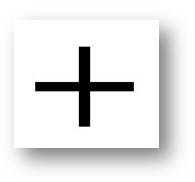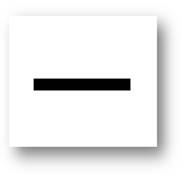Balance sheets - in Detail AO2, AO4
AO2 You need to be able
to: Demonstrate application and analysis of knowledge and understanding Command
Terms: These terms require students to use their knowledge and skills to
break down ideas into simpler parts and to see how the parts relate: Analyse,
Apply, Comment, Demonstrate, Distinguish, Explain, Interpret, Suggest
AO4 You need to be able to Demonstrate a variety of
appropriate skills. Command Terms These terms require you to demonstrate
the selection and use of subject-specific skills and techniques: Annotate,
Calculate, Complete, Construct, Determine, Draw, Identify, Label, Plot, Prepare
It is important to be able to interpret, or 'read' a balance sheet. To do this you will have to know how it is constructed and what the specific terms mean. Again the real meaning of the balance sheet will not be evident unless compared with previous years' balance sheets.
Book keeping works on a simple idea. Any transaction involves a 'giving' and a 'receiving'. If you spend $1 on an ice-cream, you give $1 and receive an ice-cream in return worth $1. If you draw up an account to record this transaction the value of the 'giving' side of the account will equal the 'receiving' side of the account. The balance sheet works on the same principle. It shows where the firm obtains all of its funds (sources) and where these funds went (uses). It must, therefore, balance!
|
Important Fact
A Balance Sheet always balances - it cannot do anything else!
ie assets = Liabilities plus shareholder equity A=L+SE |


Assets
Assets are anything, tangible or intangible, that is capable of being owned by, or owed to, a business. Assets produce value and have a positive economic value. Assets can be converted into cash (although cash itself is also an asset). Tangible assets can be current assets or fixed assets.
Examples of current assets are cash and stock: Examples of fixed assets are Machinery, buildings and vehicles.
Liabilities
Liabilities are financial obligations, debt or claims on the business. These are anything owed by the business when the balance sheet is prepared. Liabilities can be classified as long-term or current. Examples of long term liabilities are mortgages, bank loans Examples of current liabilities are overdrafts and creditors.
We have already discussed in the sources of funds section that there are two sources of funds: equity and debt.
The firm obtains its funds from shareholders (shareholder capital) or borrows them from external organisations such as banks (liabilities). It uses these funds to purchase the factors of production required to produce goods and/or services.
Sources of finance - this explains where the money to fund Net Assets has been sourced including share capital and retained profits.

Are you able to define the term balance sheet? Write your definition down, and then click on the link to compare your definition with ours'.